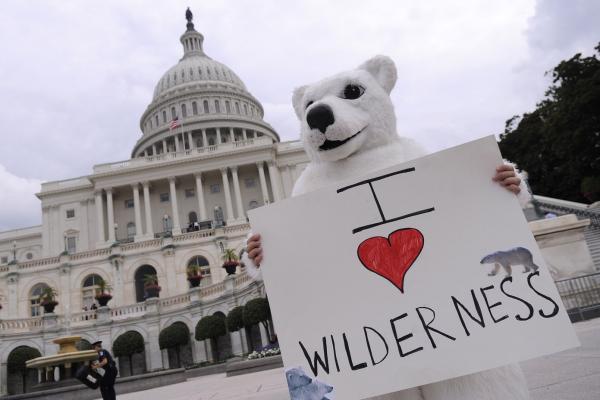
WASHINGTON, Nov. 18 (UPI) — President-elect Donald Trump‘s desire to expand offshore gas and oil drilling in the Arctic is going to be a bit more difficult to accomplish now.
The U.S. Department of the Interior’s Bureau of Ocean Energy Management on Friday unveiled its final five-year plan (2017-22) for offshore oil and gas drilling — which will make future drilling in two key areas of the Arctic illegal.
Government officials said they made the decision to take those locations out of play after hearing from numerous experts and considering more than three million public comments on the issue.
“The plan takes a balanced approach to best meet the nation’s energy needs by including areas offshore with high resource potential and mature infrastructure while protecting regions with critical ecological resources,” the Interior Department said in a news release Friday.
The plan lists 10 leases in the Gulf of Mexico for all five years, and another near Alaska in 2021. However, those plans do not include leases in the Arctic’s Beaufort and Chukchi seas in 2020 and 2022 — areas that were included in earlier drafts of the plan.
The move is a victory for environmental groups, but potential trouble for Trump’s administration and U.S. oil production companies.
“For years, the Arctic Ocean has been left vulnerable to oil drilling that would devastate its pristine waters, Alaska Native villages, and coastal communities, and the marine life these communities depend on. But thanks to the Obama administration’s leadership, the Arctic Ocean, like the Atlantic Ocean earlier this year, will remain protected from fossil fuel development,” Sierra Club Executive Director Michael Brune said in a statement. “President Obama continues to build on a climate legacy without equal, and the Sierra Club will mobilize more forcefully than ever to ensure it remains intact.”
Environmental groups, which are concerned about global warming and the potential for drilling-related oil spills, have also said they want Obama to permanently ban offshore drilling in the Arctic and Atlantic before he leaves office.
“The United States needs more energy, specifically oil and natural gas, to meet its future demands,” Independent Petroleum Association of America CEO Barry Russell responded. “This administration is abandoning America’s energy potential and is threatening our role as a global energy superpower. … The administration should allow more access to our vast energy resources, not less.”
Interior Secretary Sally Jewell said the final plan strikes a balance between tapping oil- and gas-rich areas and barring drilling in places that “are simply not right to lease.”
“Given the unique and challenging Arctic environment and industry’s declining interest in the area, forgoing lease sales in the Arctic is the right path forward,” she said.
BOEM Director Abigail Hopper said drilling in the Arctic simply isn’t necessary.
“The proposal makes available more than 70 percent of the economically recoverable resources, which is ample opportunity for oil and gas development to meet the nation’s energy needs,” she said.
Interior officials said they began working on the 2017-22 drilling plan in the summer of 2014, solicited environmental and public input and took a series of steps to make an informed decision.
Jewell can ratify the plan 60 days after sending it to Congress and President Barack Obama. Sixty days from Friday would put that date at Jan. 17, three days before Trump takes office. The plan is scheduled to take effect July 1.
When signed in January, the drilling plan will likely be among the final actions of Obama’s administration.
After he is inaugurated, of course, Trump can dismantle the plan, but experts say doing that would take years.





